"...BA bass". There - I said it!
Is it an audiophile faux pas? An obscenity deserving of washing one's mouth out with soap? Was it secretly Harry Potter's fourth Unforgivable Curse?
If you're flummoxed by this rest easy, a super-short history lesson will bring you right up to speed on.... actually you know what, let's skip it. All you need to know is Balanced Armature drivers (BAs) were used in hearing aids for decades, until a guy named Jerry Harvey thought they'd work in earphones too.
So why the audiophile hate for BAs? Well mostly on account of a really annoying thing called physics.
You see BAs are tiny which means you can stuff an earphone full of them, but they don't move a lot of air. That's not an issue when you're reproducing the sound of violins, but when it comes to beefy bass drums - different story.
Saying earphones reliant on BAs to do bass have struggled is like saying Donald Trump's presidency may have been slightly controversial. Unlike Trump BAs aren't great at producing lots of wind, and moving large volumes of air is what creating reverberating bass you can feel is all about.
I have good news though - the times they are a changin'.
When
Penon Audio asked if I wanted to accept a free pair of their new USD $549
Turbo earphones in exchange for a review, my first thought (free stuff = good!) was different to my reaction upon learning of their 6x BA configuration. (could this be bad?)
BA-only IEMs can be polarising, and to make things even more controversial the Turbos are deliberately turned to have an
overwhelming amount of bass - almost deliberately provoking anyone who thinks BA bass can't cut it!
Suddenly I was intrigued, and couldn't wait for them to arrive. In the interim I began reading, and soon learned they feature no less than
four tuning switches, one of which named Super Bass Boost sounded particularly ominous.
So I began asking myself the question - why have BA bass drivers disappointed many of us in the past? One answer is although they've let us hear bass frequencies, they've struggled to make us feel them.
However I noted the Turbos use a pair of beefy Sonion double-vented BAs to produce bass frequencies, which I believe have only fairly recently hit the market - could this finally be the moment BAs bass drivers attain absolution for past failures?
Days later a package arrived on my doorstep, which I hurriedly unwrapped seeking answers...
Packaging
The Turbos are packaged almost identically to the
Penon Globes I previously reviewed, arriving in a small cardboard box, inside of which is a leather carry case containing the IEMs.
Alongside a smaller leather accessories case, no less than tree sets of eartips in 3 sizes are supplied, along with a cleaning tool & shirt clip. Also included are two different tools to aid in flipping the Turbos' tuning switches, one of which appears to be a SIM card ejector. The overall package is about what you'd expect for an IEM in this price range, and the tuning switch tools are a thoughtful & useful inclusion.
The stock cable is a
Penon CS819, a very flexible & lightweight 8 wire OCC copper & silver-plated copper cable that sells separately for USD $49, in your choice of 4.4mm, 3.5mm or 2.5mm terminations. I have nothing but good things to say about the CS819, which may be my favourite cable under $100.
Ergonomics
Physically the Turbos feel extremely similar to the
ISN Neo5s I recently reviewed - which is to say for my ears their comfort is superb, on par with or better than almost any multi-driver IEM on the market.
Intrinsic to this is their small size which stems from their relatively low driver count, but also in the case of the Turbos their lack of a dynamic driver. Not only are they small, but their shape matches my ear geometry almost perfectly and I can keep them in my ears for hours without discomfort. They're also vented so pressure build-up isn't an issue.
The only slight downside to such tiny & lightweight IEMs is their isolation doesn't benefit from extra bulk blocking my ear canals. To me the comfort tradeoff is worth it and I find the Turbos' isolation adequate even on noisy trains, but slightly down from the most isolating universal IEMs I've tried.
Sound Impressions
The Turbos are extremely cohesive, as fast as their name suggests, and pack a wallop.
Bass is heavily emphasised with a slight bias towards midbass, though there's still plenty of sub bass rumble as well. Bass texture is impressive, if I'm nitpicking it's a touch mushy compared to bass-focused DD IEMs though still perfectly acceptable - definitely
not the kind of bass that jumps out as being produced by BA drivers if I didn't already know the Turbos' driver configuration.
There’s absolutely no want for bass quantity either - if anything it may take you awhile to get used to how bass dominant the Turbos are because this is definitely bass that's a long way north of neutral, so if you listen to a lot of electronic music as I do you definitely won't find them bass shy.
There's a satisfying sense of fullness to the Turbos' midrange, perhaps aided by their midbass output, yet they're not so warm as to make the soundstage feel constrained or claustrophobic. In fact they do a great job of presenting such a large amount of bass whilst still sounding so clean.
I find their balance between the lower & upper midrange quite satisfying, there was a quite a bit of upper midrange energy right out of the box but that dissipated after a few nights of burn-in. My preference would still be for a touch more lower midrange emphasis, but the extra bit of upper midrange probably aids vocal articulation.
The Turbos feature a fairly dark treble performance which reduces potential fatigue, but you may miss a bit of extra upper treble sparkle. This is an area where the compromise of significantly smaller shells gained by omitting EST drivers will be felt, as I find there's a certain silkiness ESTs deliver which BAs struggle to replicate. The Turbos feel like they're delivering virtually all the treble information, but that last little bit of effortless refinement is absent.
Technical Performance
One of the big advantages of omitting a DD is by using BAs exclusively greater technical performance can potentially be achieved.
You probably won't be surprised then to learn the Turbos are technically very competent, not only compared to other IEMs in their price range, but particularly considering how small they are.
The Turbos' soundstage width is slightly above average, though despite exhibiting some depth remains shallower than that of expensive IEMs worth thousands of dollars. Imaging is very solid without being truly outstanding, and dynamics are satisfyingly strong.
Resolution is very good, though detail isn't quite rendered with the same effortlessness one hears when EST drivers are present.
Perhaps most impressively the Turbos possess a tremendous sense of speed despite their huge bass presence, which will be especially appreciated if you listen to fast-paced music with busy passages.
Tuning Switches
The Turbos feature no less than four tuning switches. Three of these boost the bass, midrange & treble respectively whilst the last is a Super Bass Boost switch that does exactly what you'd imagine.
Having this kind of flexibility is especially valuable given the source & cable you pair the Turbos with can alter their presentation significantly, to say nothing of your choice of music affecting your preferences for any given listening session.
I'm a bit of a minimalist however, so though I tested the switches for the purpose of this review it was almost a relief to learn my preferred combination was the configuration they arrived in - Super Bass Boost OFF, bass ON, midrange OFF and treble OFF - best described as "0100". (seen in photo above)
Though I also like the Turbos with all switches OFF, I find they lack that little bit of warmth & fullness without bass set to ON. Treble ON might work if my source were darker or warmer, and Super Bass Boost though fun to take for a spin was a little boomy, adding too much midbass for my taste - but if you find the rest of your system or choice of music anaemic... it's nice knowing the option's there.
IEM Comparisons
As always I find tremendous benefit in comparing IEMs to their competitors, further revealing their sonic traits in the process. Rather than use my Cayin N8ii I opted to A/B test IEMs with the
Astell & Kern SR35 I recently reviewed, in Hi-Gain Mode with Quad DACs enabled.
Spinfit W1 tips were used on all IEMs to keep things consistent as these have been my go-to tips of choice for some time now.
ISN Neo5 – 4xBA, 1xDD (USD $289)
Upon
reviewing the Neo5s I was more impressed than expected, in fact I've been a little shocked how much they suit my preferences so detaching from that kind of bias isn't easy - basically I really like them.
Requiring 40 volume on the SR35 vs the Turbos needing 50, they're slightly easier to drive and physically similarly small & snug - either will "disappear" in my ear for hours at a stretch with zero discomfort.
The Neo5s share tuning similarities with the Turbos, and heading that list is their unashamed bass dominance. The difference is the Neo5's use a DD for this purpose and although though bass quantity is similar between them, the Neo5's bass decays much slower, is biased more towards sub rather than midbass, and features more satisfying slam & texture despite the Turbo being no slouch in this area.
The Neo5's midrange is smoother yet with more presence & heft, making the Turbo sound a little thinner by comparison, and I do find the Neo5's tonality a bit more organic & satisfying. Both IEMs are on the darker side, but the Neo5's are a little darker still with a more relaxed overall sound.
Where the Turbos pull ahead is in technical performance, with sharper imaging, a blacker background, and slightly higher resolution. Transients feel sharper on the Turbos, though the Neo5s are similarly dynamic. I remain a huge fan of the Neo5 tuning but all that DD-driven bass hurts their technical chops.
Penon Globe - 2xBA, 1xDD (USD $329)
It's crazy to think the Globes are more expensive than the Neo5s given the terrific performance of the latter, but the Globes do have some tricks of their own. Physically they stick out more than the Turbos and don't seem to isolate quite as well (perhaps owing to increased difficulty I have getting a seal) and requiring 40 volume on the SR35 are somewhat easier to drive than the Turbos at 50.
Despite their dynamic driver, the Globes are exposed quite badly in the bass department by the Turbos. Not only is bass quantity far lower, but the Turbos' BA drivers actually deliver better bass texture as well.
Midrange is the Globes' strength, with a large amount of presence that rivets one's attention on vocals and almost makes the Globes feel like a mini Penon Impact. They're extremely cohesive & more relaxed than the Turbos, but the Globes' treble feels a little simplified & grainy, their stage is slightly narrower & shallower, dynamics are lower and resolution also feels a notch lower.
ISN EST50 – 2xBA, 1xDD, 2xEST (USD $449)
The EST50s feel physically larger than the Turbos than photos might suggest, stick out further and are not as supremely comfortable. They require 42 volume on the SR35, compared to 50 for the Turbos.
EST50s boast superior bass texture thanks to their DD, but that bass is slower and not as tight as Turbos'. Sub bass rumble is slightly higher, but the Turbos have considerably more midbass output. The EST50 midrange is more forward with greater lower midrange presence, whereas the Turbos are more upper midrange emphasised. Upper treble is more prominent on the EST50s which exposes the Turbos' darker tuning, with the EST drivers delivering more effortless detail leaving the Turbos feeling a tad grainier in this area.
Both IEMs have similar soundstage depth, but the EST50s' stage is a bit wider and they also take the lead in imaging, separation & layering, but dynamics & resolution are similar between them. The EST50s sound slightly more refined, whereas the Turbos feel a bit cleaner & more incisive.
Unique Melody Mest MKIII - 4xBA, 1xDD, 1xBCD (USD $2359)
Significantly larger & heavier than the Turbos, Mest MKIIIs are a little bigger than I prefer but require the same volume of 50 on the SR35 as the Turbos.
The Turbos sport greater sub bass thump & impact, whereas the MKIIIs feature increased midbass output and superior overall bass texture, which I interpret as more satisfying bass decay. The MKIII midrange sounds a little distant and lacks body, being MEST's greatest area of weakness.
By contrast the Turbos midrange is much more forward but the tables are turned when it comes to treble, where MKIII is considerably brighter with much more sparkle, exposing the Turbos' lack of upper treble. Turbos feel more cohesive, and are flatter tuned whereas MEST is very V-shaped and could be fatiguing.
MEST pulls ahead on the technical front with a slightly wider & deeper soundstage, better dynamics, a blacker background, slightly higher resolution and especially good BCD-driven imaging, helped further by its' shielded cable. Turbos are no slouch, but MEST plays on a different technical level.
Penon Impact – 10xBA, 4xEST (USD $2499)
Decently larger & heavier than the Turbos, the Impacts nonetheless fit my ears with similar comfort and superior isolation. Requiring 45 on the SR35 they're also slightly easier to drive.
Immediately noticeable is the Impacts lower overall bass quantity, which is weighted more towards midbass rather than sub bass. However the Impacts' BA bass can sound a tad pillowy, and I do find bass ruble & texture more satisfying on the Turbos.
The Impacts have one of the richest & most vivid midranges of any IEM I've heard, resolving the tiniest nuance of every vocal breath effortlessly, totally surpassing the Turbos in this department. The Impacts also possess more laidback treble, and though detail is not rendered as prominently there's more information resolved, yet tastefully recessed slightly so as not to fatigue during long listening sessions.
The Impacts' soundstage is certainly deeper, but also a little narrower than the Turbos'. Resolution is higher, as are dynamics, and the Impacts have a way of making the Turbos sound fatiguing but do not deliver the same levels of punch & excitement, with bass & treble prominence being sacrificed to place greater focus on Impact's magic midrange.
More IEM Comparisons
I took advantage of a recent Head-Fi members meetup in Melbourne to pit the Turbos against some of the best BA-bass IEMs on the market.
Please bear in mind the following impressions were garnered in fairly noisy showroom environments, which made discerning tiny differences difficult.
Elysian Diva 2023 - 6xBA (USD $1599)
The Divas owned by my friend
GiullianSN are physically massive and stick out a long way, but I don't seem to have any comfort issues during my short demo. Requiring 65 on the SR35 compared to 50 for the Turbos it's clear they appreciate a lot of power - shame I didn't try them with a portable amp. Please bear in mind these Divas are using
GiullianSN's ConX Cardas Clear/PWA 1950s clone cable, which enhances their performance compared to Diva 2023's stock EA Ares S cable.
Diva & Turbo bass feels similarly dominant but the Turbos may have a little more bass quantity, though Divas bass texture is more satisfying with the Turbos' bass a tad mushier by comparison, while Diva boasts slightly more sub bass rumble too. Diva seems to display more lower midrange emphasis whereas the Turbos sound a little more wispy with increased upper midrange emphasis.
The Divas also possess more treble sparkle, which helps give their tuning a more V-shaped sound. The Turbos' stage is shallower but also wider, and they feel less claustrophobic than Diva as a result. Turbos tuning is flatter & less coloured, but consequently less exciting. Diva feels similarly cohesive but with improved dynamics and slightly higher resolution. The Turbos come commendably close at a third of the price, sonically what jumps out isn't so much the gap in technical performance but rather the tuning differences between them.
Noble Audio Spartacus - 4xBA, 2xBCD (USD $1799)
Spartacus just arrived at
Addicted to Audio, and their driver configuration with two bone conduction drivers but no dynamic drivers is unusual in the hobby - I firmly believe manufacturers deserve praise for innovating & daring to be different. Physically they're very large with correspondingly superb isolation, but comfort is quite good and better than I feared for such large shells. Needing 44 on the SR35 they're a bit easier to drive than the Turbos.
Spartacus bass quantity is lower than Turbos, which have more sub bass presence in particular but I feel like Turbos bass isn't integrated into the rest of the presentation quite as seamlessly - perhaps that's a natural consequence of dialling bass quantity way up beyond neutral. Spartacus also feature a more prominent lower midrange with vocals projected further forward.
It was tricky in noisy conditions to get a read on the treble differences between the two, but Spartacus definitely plays at a much higher technical level - almost reminiscent of MEST MKIII, with superior dynamics, a deeper & wider stage, a blacker background, better imaging & higher resolution.
Subtonic Storm - 7xBA, 2xEST (USD $5200)
I tested my friend
Damz87's Storm IEMs using his
Brise Yatono 8 Wire Ultimate cable which helps address Storm's soundstage being narrower than expected from IEMs at this price, but Yatono's stiff earhooks & enormous weight make Storm's already problematic ergonomics even worse, contributing to their very large & heavy metal shells to make obtaining & maintaining a seal challenging. Storm also requires a gargantuan 80 volume on the SR35, double what I use for most IEMs and far beyond the Turbos at 50, demonstrating how difficult they are to drive properly.
Storm is the industry benchmark for BA bass. The two "SLAM subwoofer" drivers it uses must be doing something special, because I've never heard better textured BA bass than this, and the amount of bass quantity is almost perfect as well - ample, but never enough to overpower the rest of the presentation. By contrast the Turbos do have more sub bass quantity, but their bass feels slower & mushier. The difference isn't night & day however.
Even on the Yatono 8 wire Storm's stage feels narrower than Turbos', but is far deeper. Storm also offers much more treble detail leaving Turbo feeling quite dark, and it does feel like 'a veil is lifted' going from Turbo to Storm, who's background is blacker & imaging much sharper. However it feels like Storm's flat reference tuning is revealing an almost overwhelming amount of detail, which could be fatiguing.
The $64,000 question is would I take Storm's BA bass over that of even mid-priced DD hybrids? No, not if obtaining a visceral bass experience was the only consideration. However achieving Storm's level of resolution & transparency with a DD present is probably impossible (no manufacturer has accomplished it yet) since a DD responsive enough to keep up with the fastest BA drivers simply does not exist.
Unique Melody Amber Pearl - 8xBA, 2xEST, 1xBCD (USD $8000)
Damz87 recently obtained the Amber Pearls as part of the
Cayin N30LE Combo, and suffice to say they lie beyond the means of most hobbyists. Their shells are very large and stick out quite a bit, but I find their comfort reasonable and certainly far better than Storm. Needing only 41 on the SR35 they're very easy to drive, in fact after adding a
Mass Kobo 475 to the chain I was very surprised to find I prefer them straight out of the SR35 instead.
I'm just going to come out and say this - Amber Pearl are possibly the most impressive IEMs I've heard, up there with the very best of the best. They eclipse the Turbos in almost every department, which is no surprise because they do most things better than most IEMs. Bass is perhaps their weakest area because though their bass quantity is perfectly adequate, I do rate Storm's BA bass as having slightly better texture. The Turbos possess far greater bass quantity, but it tends to sounds pillowy by comparison.
Amber Pearls' midrange reminds me of the
Penon Impacts, remarkably rich & smooth with perhaps even greater resolution - it almost almost feels like Amber Pearls are resolving more detail than Storm, but doing it in a more tastefully-smooth fashion. All of the emotional overtones come through, whereas Storm can feel more clinical & less natural. Amber Pearl's treble is also terrific, with sparkle reminiscent of MEST MKIII.
I do have to say Amber Pearls' stage isn't quite as deep as I expected, but is suitably wide, and combined with their superb dynamics, very black background and truly holographic imaging makes for wondrous technical performance rivalled by few IEMs - Storm would absolutely be one of them, though I unquestionably prefer Amber Pearl's gorgeously smooth & uncannily resolving midrange, which is where most of the music resides.
Amplification Performance
I recently received a
Mass Kobo 475 portable headphone amplifier and have been keen to discover how the Turbos scale with beefier amplification. Having previously owned the
Aroma A100TB, ALO Audio Continental Dual Mono and demoed the
Cayin C9 &
Brise Audio Tsuranagi, I rate Mass Kobo 475 as the most impressive portable amp money can buy. It is fully balanced with 4.4mm input & output, and delivers 2.3V RMS from its' balanced jack.
What I'm particularly interested in learning is if lacking a DD affects how much the Turbos benefit from the 475's extra grunt...
...well as expected 475 does improve the Turbos in a multitude of areas, and each improvement is significant enough to transform the overall sound. Bass deepens noticeably despite no DD being present, and unquestionably leaps well beyond the threshold of bass performance I can be completely content living with - and that's just the beginning.
The soundstage grows in all directions, dynamics improve significantly, tiny details are much easier to pick out particularly during busy passages thanks to the 475's greater sense of control, and instruments sound larger. Going back to listening directly from the SR35 (or even the N8ii) everything sounds flatter, mushier and more lifeless.
Considering the N8ii's built-in amp is one of the most capable of any DAP on the market, this level of improvement is particularly impressive - and is absolutely not hampered by the Turbos lacking a DD.
I don't want to turn this into an amp review, but if maximising IEM performance is something you're serious about then a 475 may be the best investment you can make in this hobby right now.
Cable Comparisons
Naturally as a cable aficionado I can't resist trying the Turbos with some different cables to learn how effectively their presentation can be altered.
Penon CS819 - Turbo Stock Cable (USD $49)
In many ways I regard the humble CS819 as a mini PW Audio 1950s, in the sense that it balances tonality & technical performance really well and tends to sound great with the vast majority of IEMs I try it with - that's definitely not the case with many cables I've owned.
Paired with the Turbos the CS819 delivers a fairly warm sound, the soundstage is decently deep but not dramatically wide and I do think imaging could be a little more precise. Tonality is terrific however, so I'd look to upgrade purely for increased technical performance rather than better tonality.
NiceHCK BlackSoul (USD $50)
I was concerned the Turbos might be a little dark for this pairing to work and this has proved to be correct. BlackSoul makes the stage feel narrower, treble is definitely more rolled off which I don't think suits the Turbos, dynamics are lower and bass feels less impactful.
Everything seems a bit more congested though this does create the illusion of greater cohesion and smoothness, perhaps if you find the Turbos fatiguing this cable could be an option to consider but to me it robs the Turbos of too much energy up top.
ISN S4 (USD $55)
Again we see the importance of synergy given I'm impressed with how the S4 pairs with the
ISN Neo5s, but on the Turbos I definitely prefer the tonality of the stock cable whereas the W4 adds a slightly metallic sheen. However it does boost sub bass, increases soundstage depth a little, improves imaging and brightens the sound overall which you may find attractive given the Turbos are tuned somewhat dark.
However the stock cable seems to deliver better note weight & warmth, with more midbass and perhaps even a slightly wider stage. Mostly though I find the midrange feels richer and more grounded on the CS819, whereas the S4 imparts more of a 'hi-fi' flavour I don't care for quite as much.
Penon Vocal (USD $69)
Vocal stays true to its' name by emphasising & enhancing midrange presence, even increasing midrange resolution slightly in the process. Center-stage vocals feel more impressively spotlit against background instruments yet the overall presentation isn't quite as warm as on the stock cable.
Imaging is slightly improved but bass feels a bit more anaemic and I actually prefer the tonality of the CS819, nor do I do find the Turbos' midrange lacking enough to warrant choosing a cable that focuses so heavily on improving this area.
Penon Obsidian (USD $149)
The Obsidian is an interesting modular cable, with different plugs you can purchase separately. Using the
Rhodium Plated Plug the Turbos become warmer, gaining greater midrange presence with slightly improved resolution, better note weight, improved imaging, a slightly wider stage, though bass is slightly less elevated. This very impressive pairing sounds smoother & more refined but keeps the dynamics & treble presence of the CS819.
Using the
Purple Copper Plug midbass is more heavily emphasised, the background feels a little blacker and the stage is widened, but feels a little flatter than it does using the Rhodium Plug. I find the increased midbass can sound a little boomy and doesn't blend in with the rest of the presentation terribly well. The Rhodium Plug also feels airier with better technical performance yet tonality doesn't seem adversely affected, so I greatly prefer it with the Turbos. I'm surprised at the difference the two plugs make compared to when I tried them both on the Neo5s recently.
Effect Audio Ares S 4 Wire (USD $179)
As expected the Ares S emphasises Turbo's lower frequencies, with midbass and the lower midrange in particular being boosted. The stage is widened but seems flatter, midrange resolution is improved and there's a little more upper treble sparkler but lower treble actually sounds flatter.
Perhaps its that flattening of the lower treble that makes the Turbos feel darker on the Ares S, and there's also a little too much midbass for my taste. I'm not sure the modest resolution & stage width improvements are worth compromising the CS819's tonality which I prefer.
Hakugei Sky-bolt (USD $884)
Sky-bolt is flagship-level cable that feels explicitly designed to boost IEM technical performance. As expected then it substantially grows the Turbos' stage in all directions, improves dynamics, increases resolution, sharpens imaging, blackens the background and even increases bass impact.
In short Sky-bolt turns the Turbos into a technical monster, leading me to wonder if this level of improvement has been aided by them lacking a DD that slows everything down. Unfortunately the overall tonality shifts upwards and the result is a brighter sound which seems to reduce the perception of note weight, and although I prefer the tonality of the CS819 stock cable this massive uptick in technical performance feels worth the tradeoff.
PW Audio 1950s clone (USD $2149)
If you're a regular reader of my reviews you may be growing bored of me saying nice things about this cable, but if you've ever tried or owned a 1950s or Cardas Clear cable you probably understand why. It just seems to pair really well with everything, and there aren't many cables I can say that about.
So as expected the Turbos gain a wider & slightly deeper stage, although I was hoping for a tad more depth improvement, better dynamics, a blacker background, improved resolution and slightly more impactful bass, whilst preserving a similar tonality to the CS819 though I do think the stock cable has a slight edge in that regard, sounding a touch earthier & more grounded.
Treble is more articulated on the Cardas Clear/1950s though, with a greater overall feeling of refinement. Despite the across-the-board technical improvements Sky-bolt boosts those areas to a much higher level, but I prefer this cable's tonality which makes choosing between them tricky.
Conclusion
There comes a time in every man's life when he must find his voice and take a stand against injustice.
BA bass, you are redeemed - your long history of audiophile persecution must come to an end.
The
Penon Turbos have convinced me the latest generation of BA drivers have finally crossed the rubicon and reached the promised land of acceptable bass performance, free of audiophile prejudice.
Have BAs breached the bass-texture gap between themselves and dynamic drivers? Not quite I think, though they're coming very close. Which I means if bass slam & texture is something you prioritise you may end up sticking with DDs, and that's fine.
In fact I wonder if it's largely the slower speeds of DDs, allowing them to produce bass that decays more gradually, that results in more satisfying bass sensations? Which would beg the question why you'd want to slow a BA driver down to achieve the same result, when doing so would have other ramifications.
All-BA earphones can potentially achieve the very highest levels of technical performance thanks to their ability to respond so quickly -especially during busy passages of music- but the moment any driver slow enough to reproduce bass decay fully is added to mix, some of that supreme precision is lost.
Slower, more visceral bass or better technical performance?
The Turbos are Penon's take on having the best of both worlds, and though they're bettered by IEMs worth thousands of dollars I'd label them a commendable effort...
...that potentially offers a glimpse into the industry's future.
 . Back to "0-103": slightly more body/warmth to the track.
. Back to "0-103": slightly more body/warmth to the track.






























































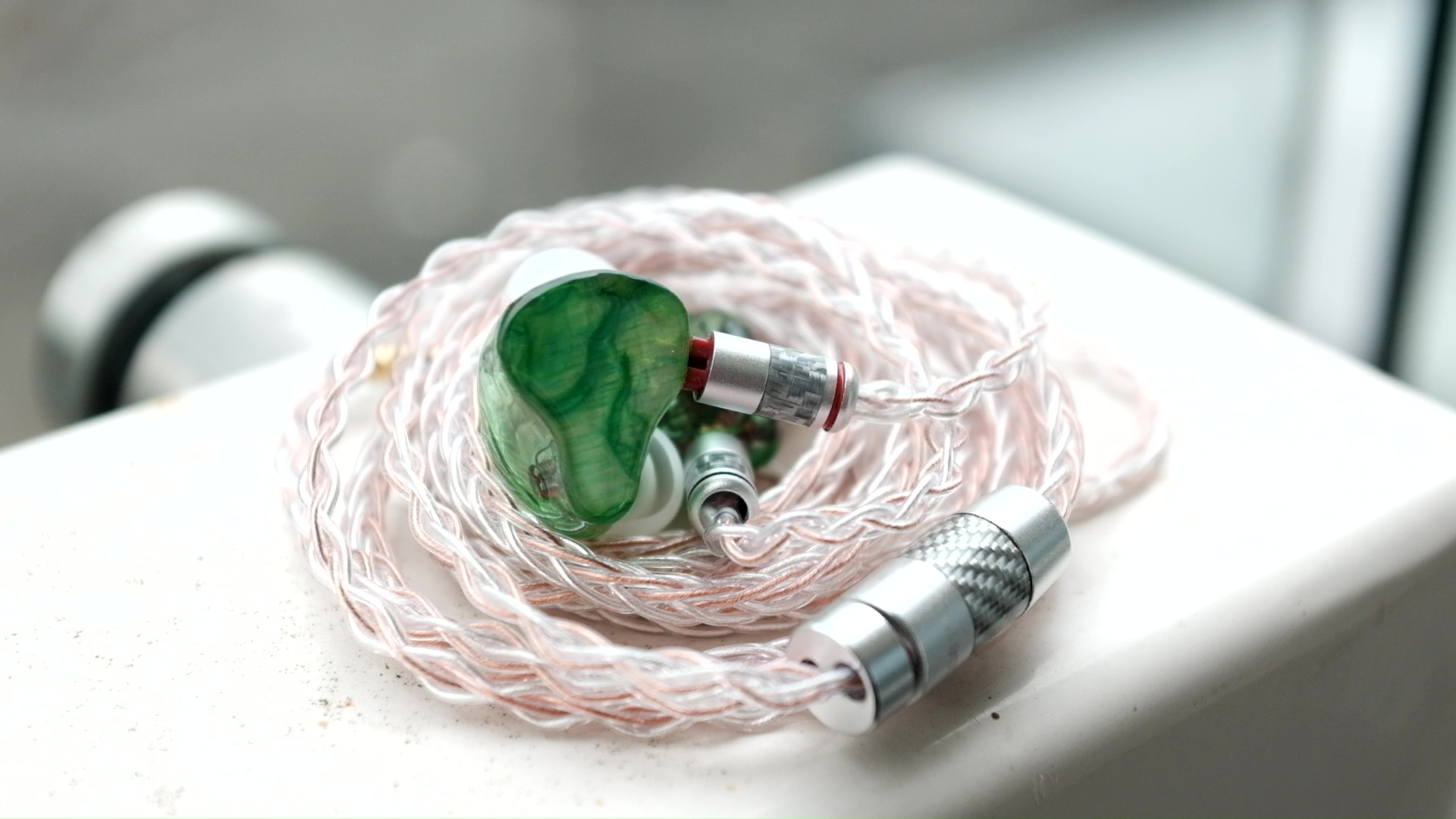

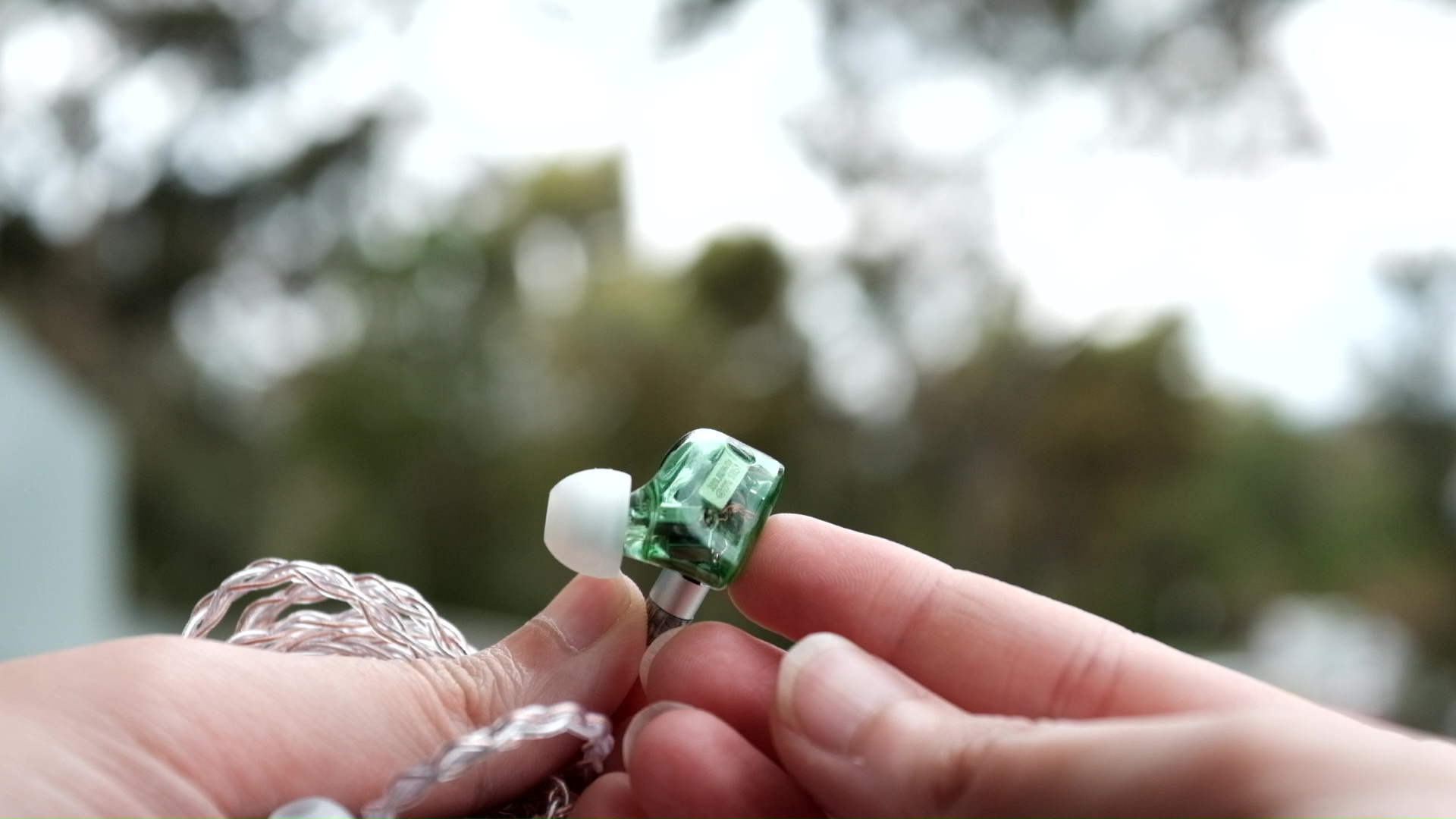
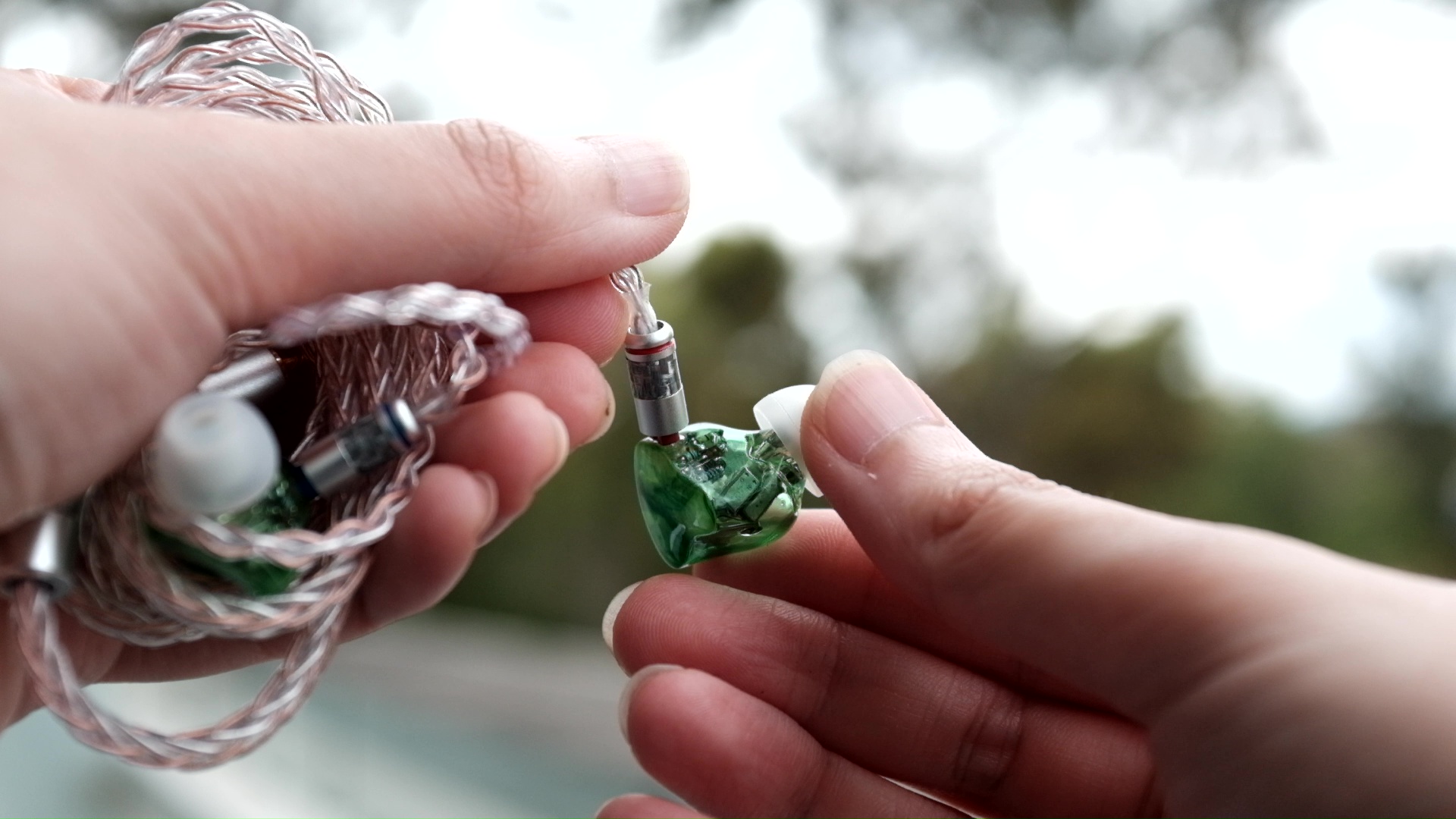
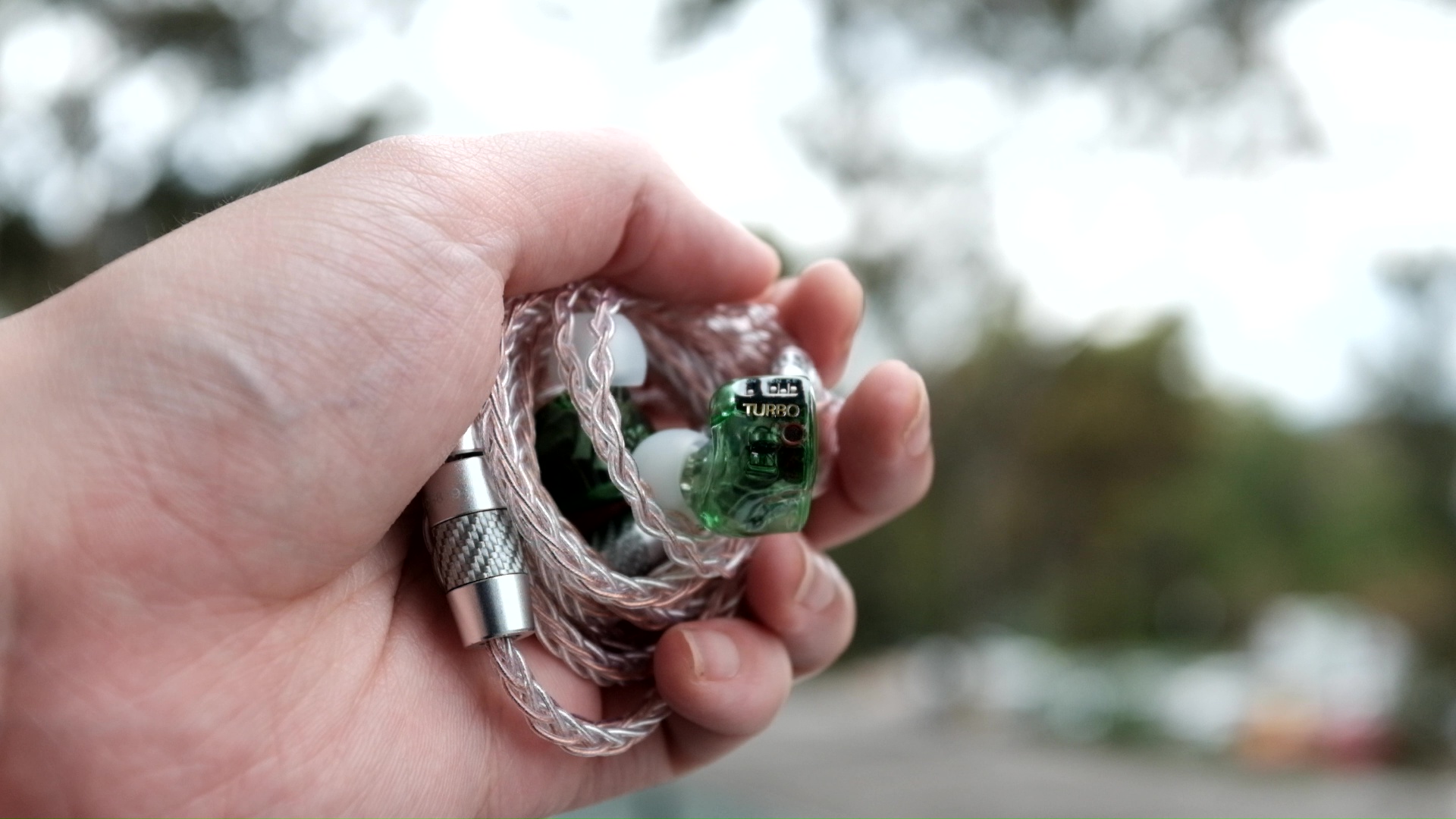

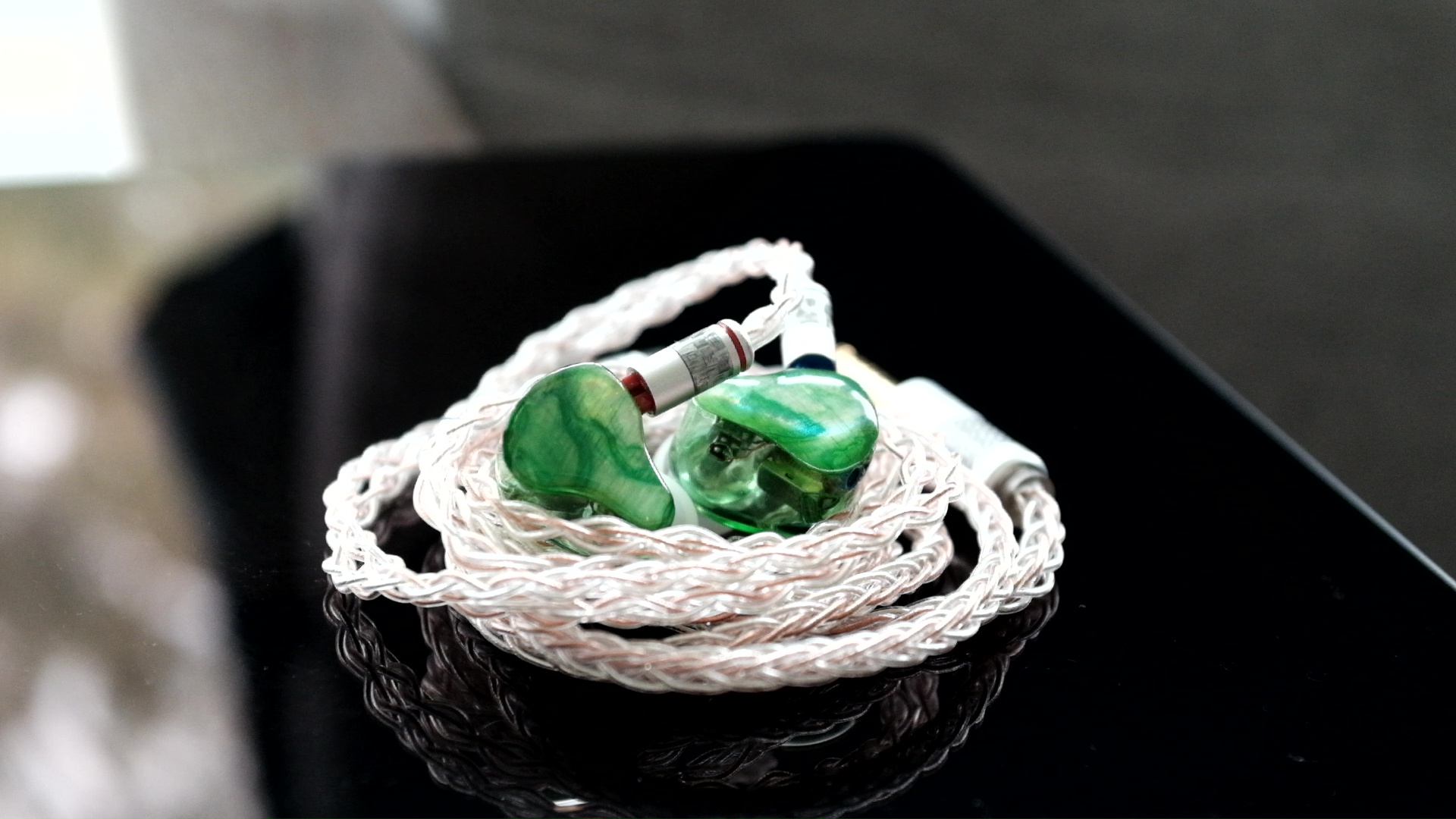
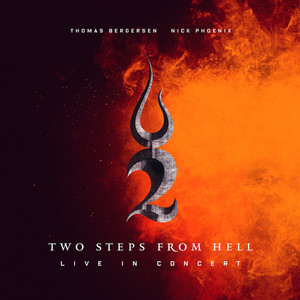
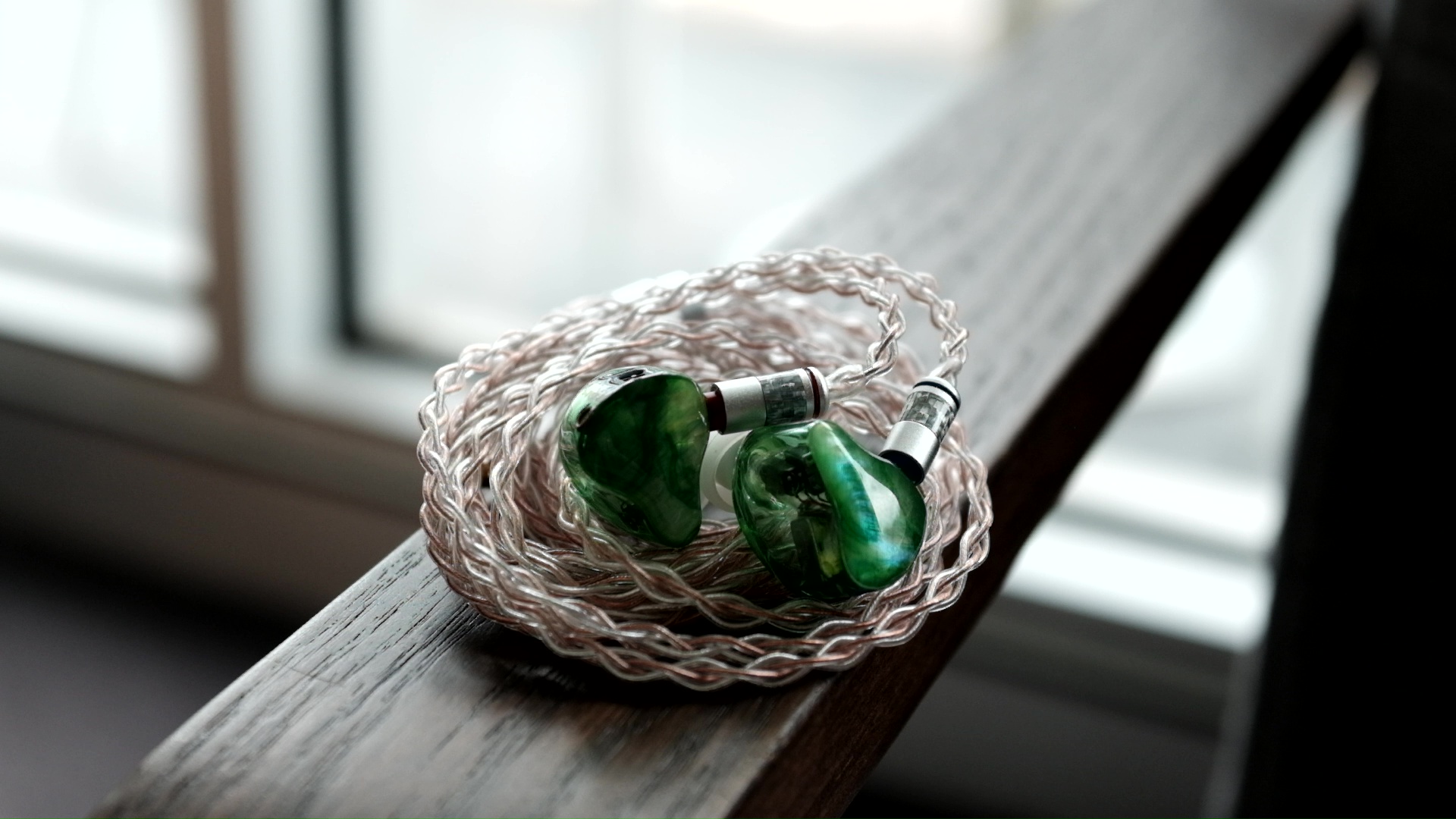

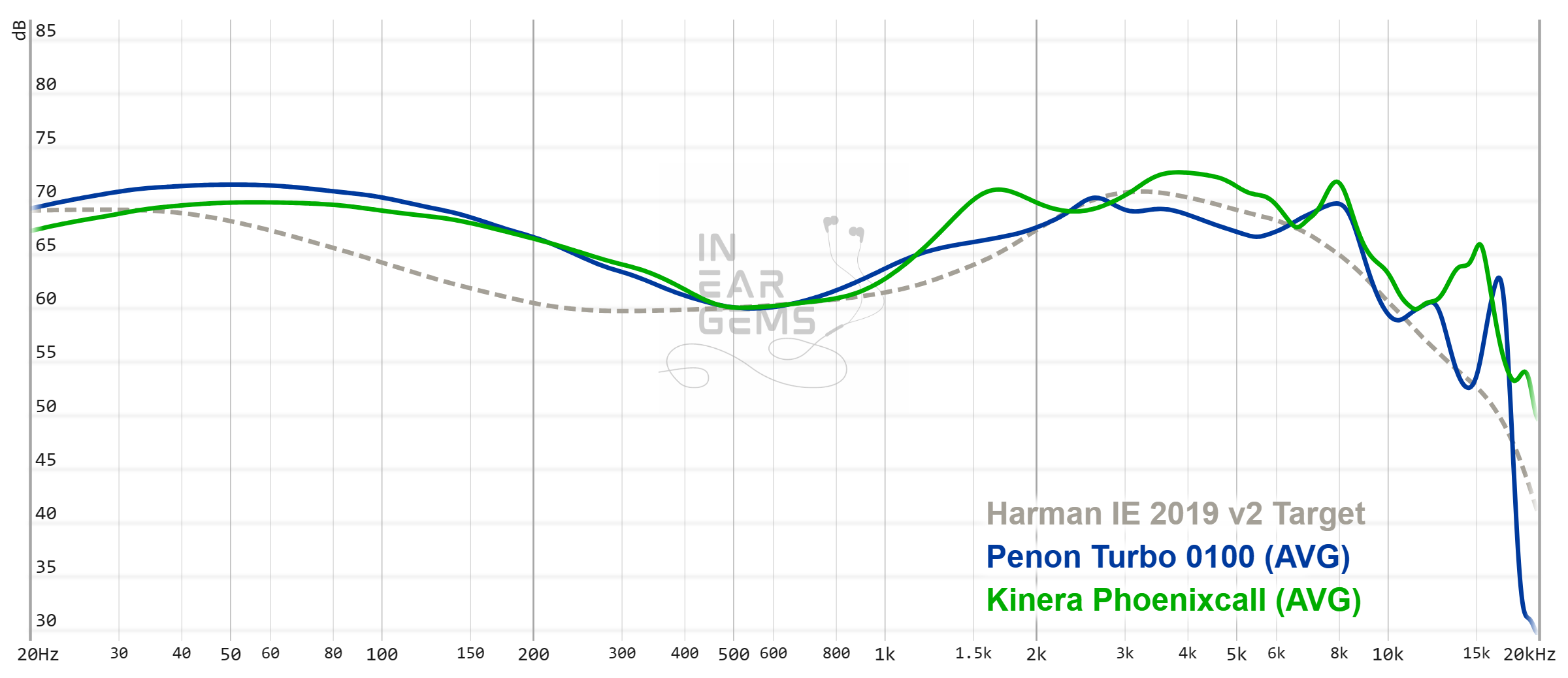
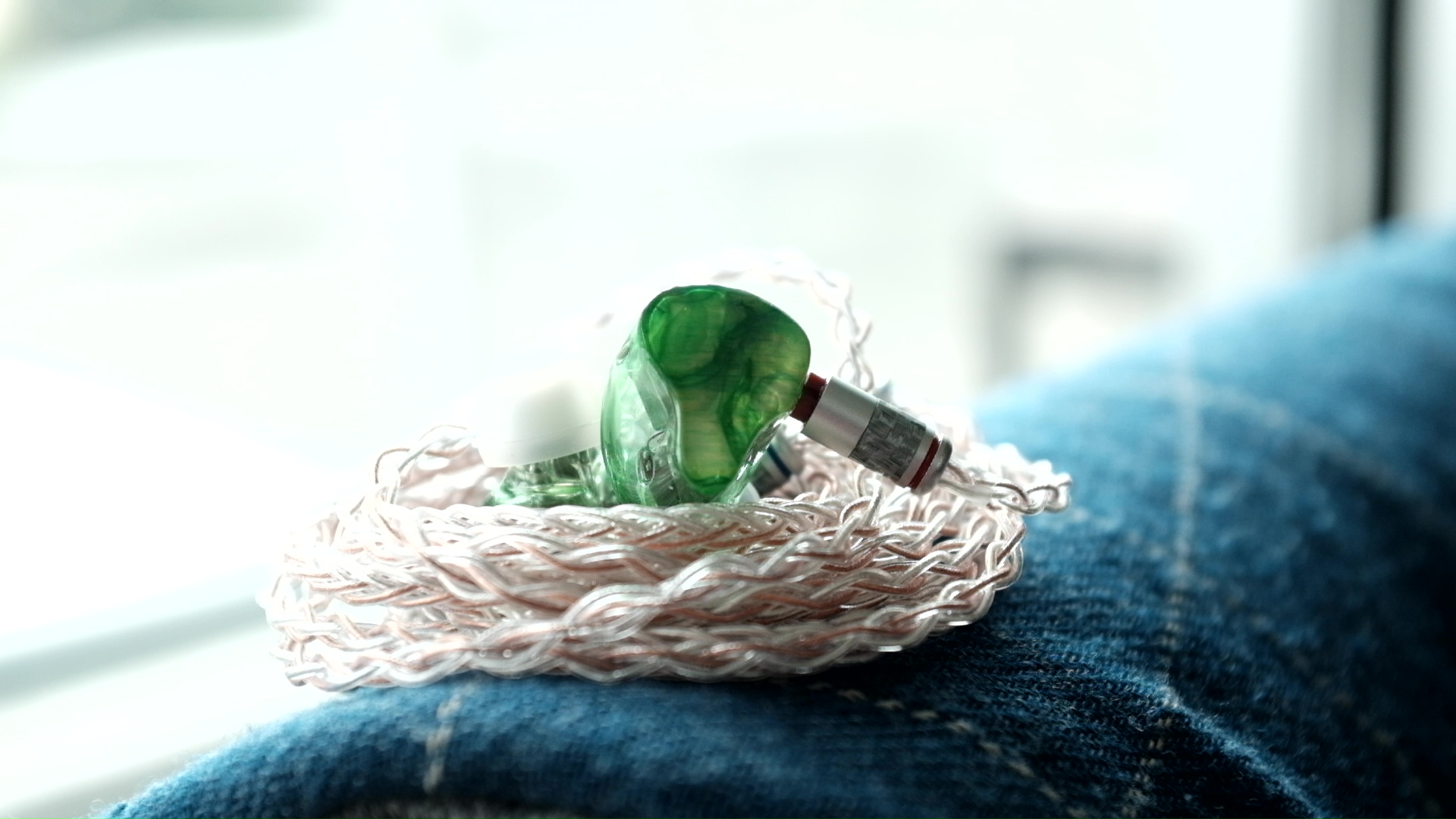
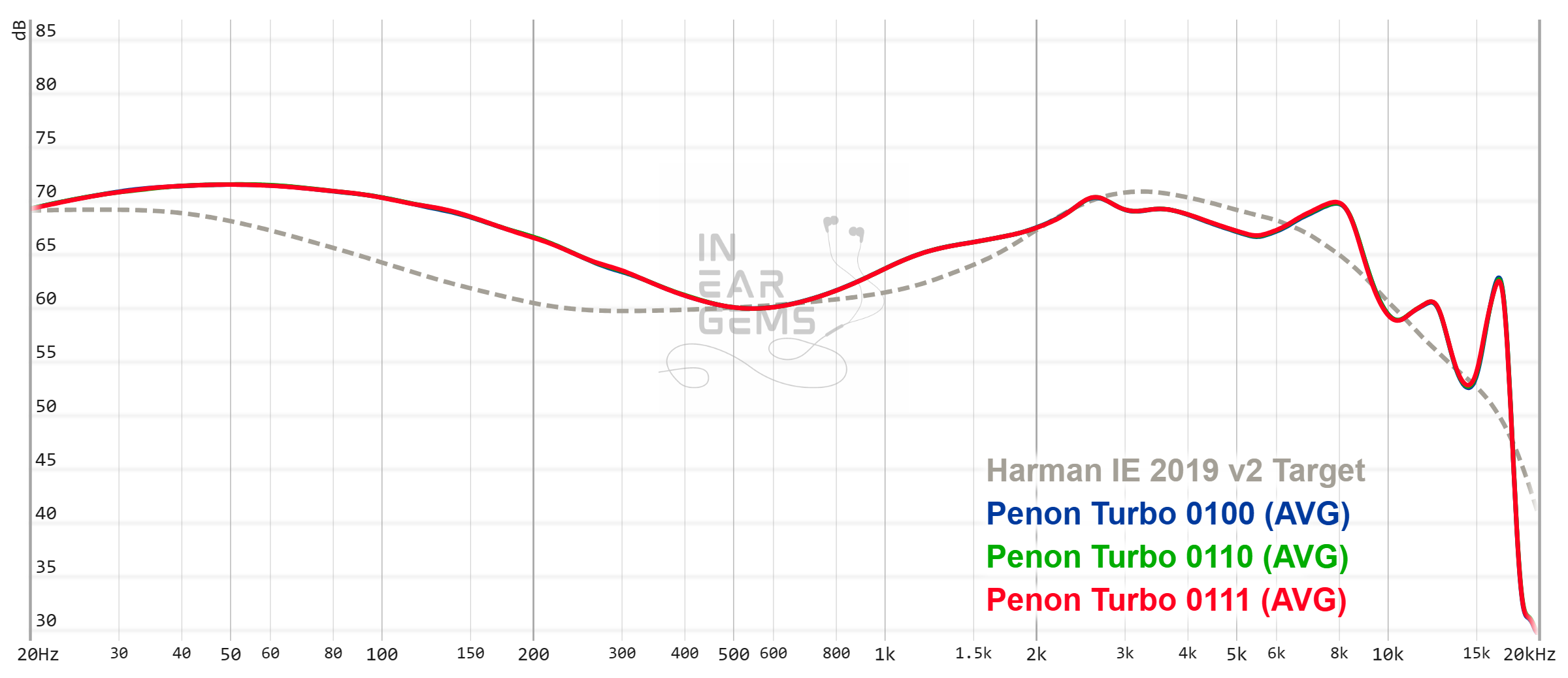
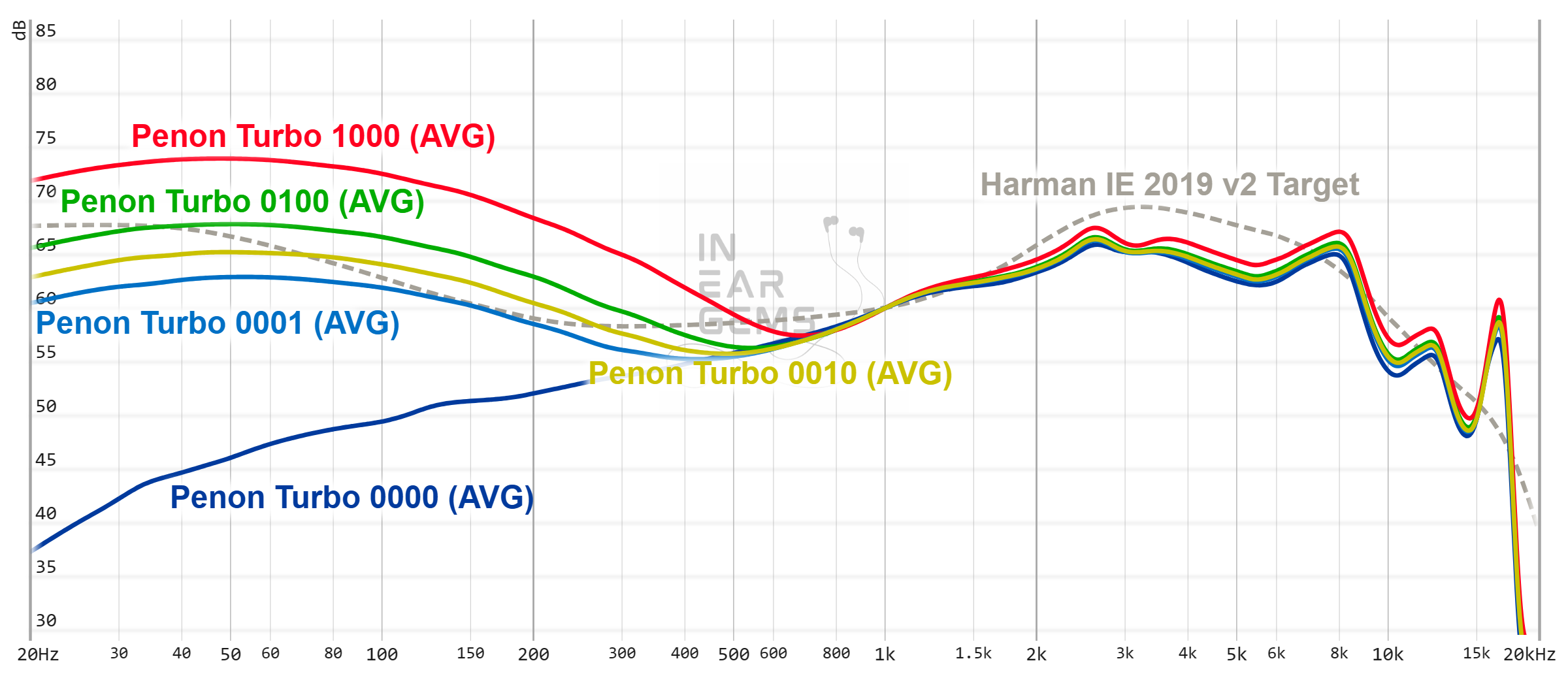
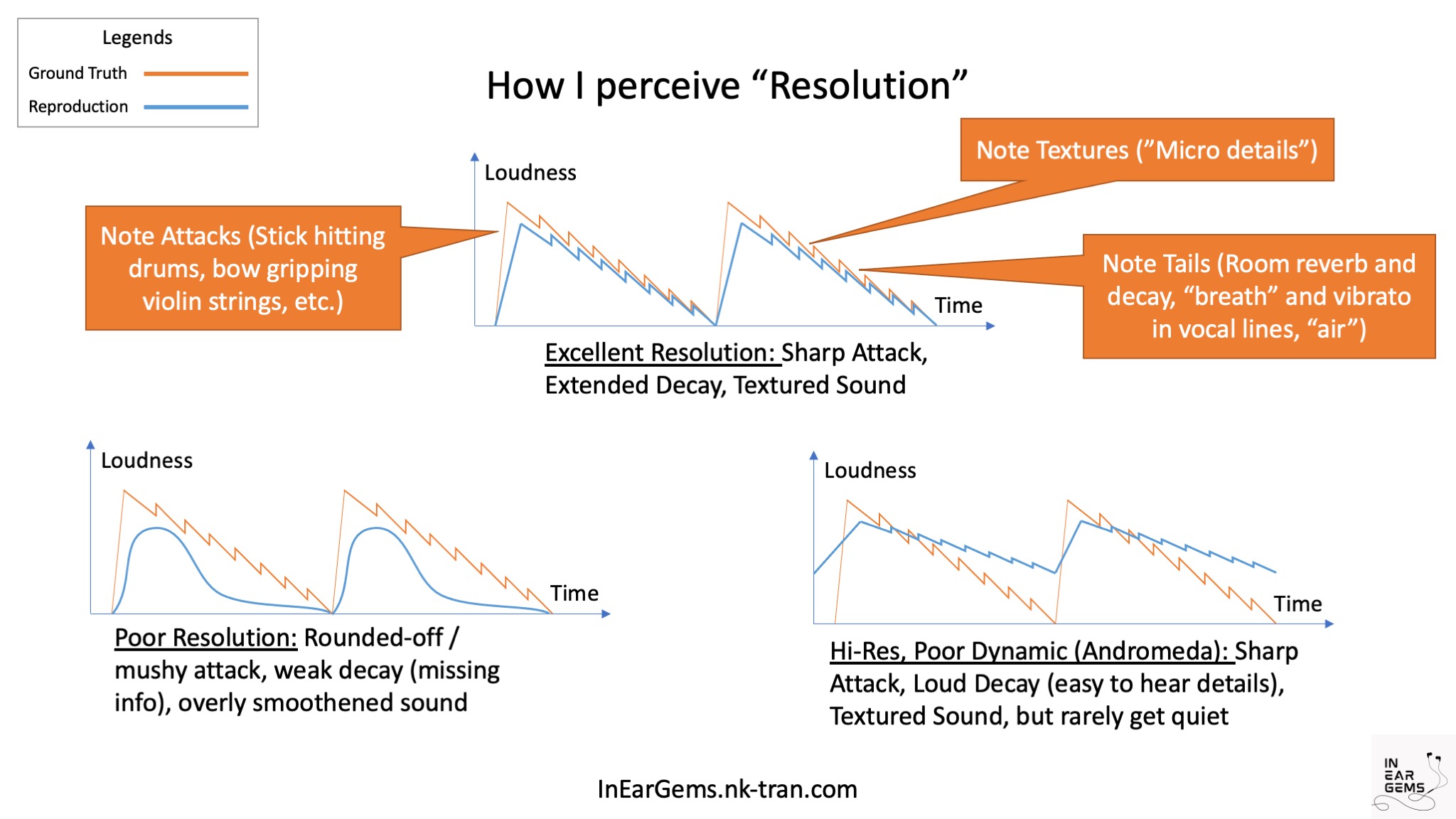

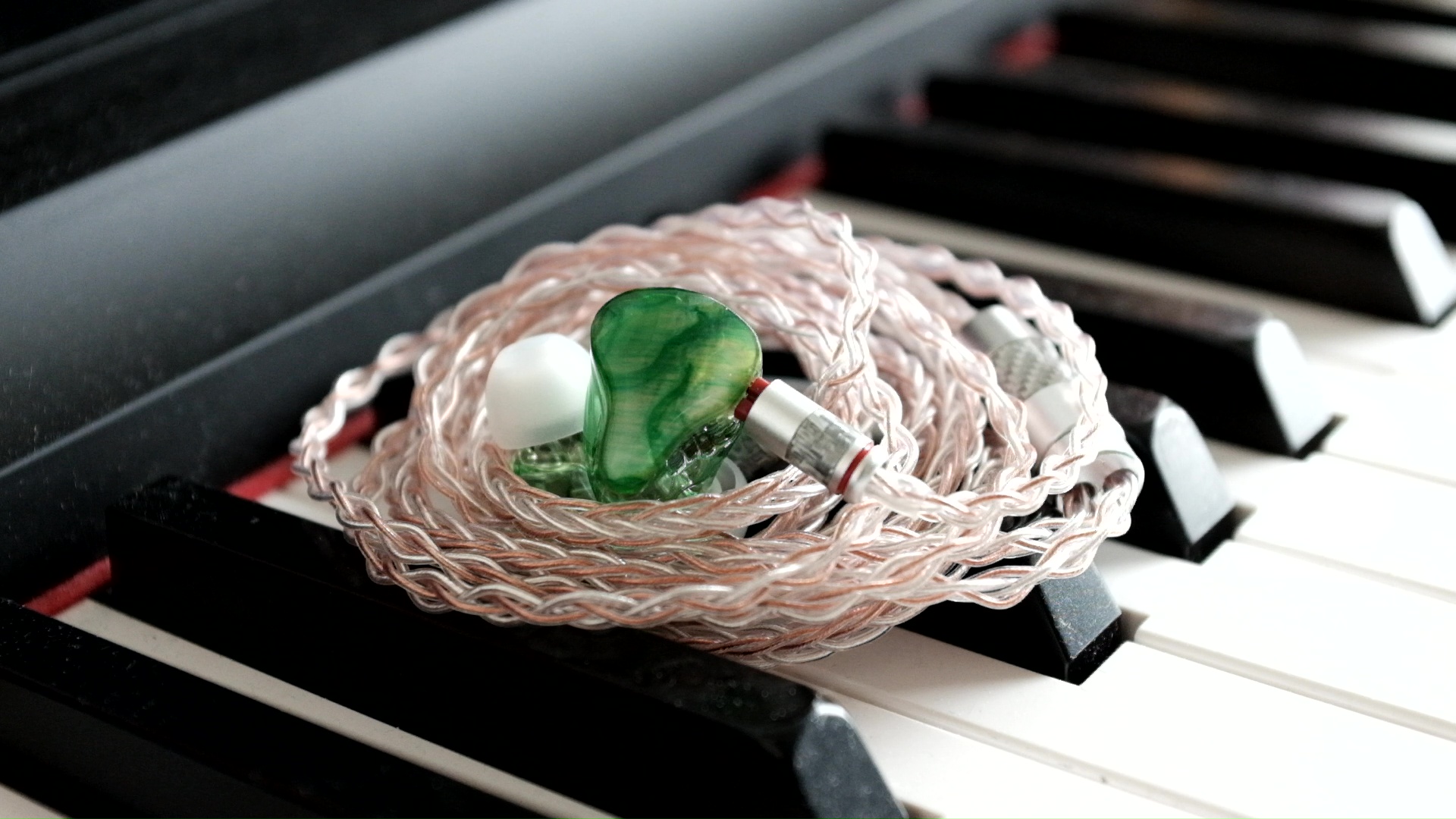
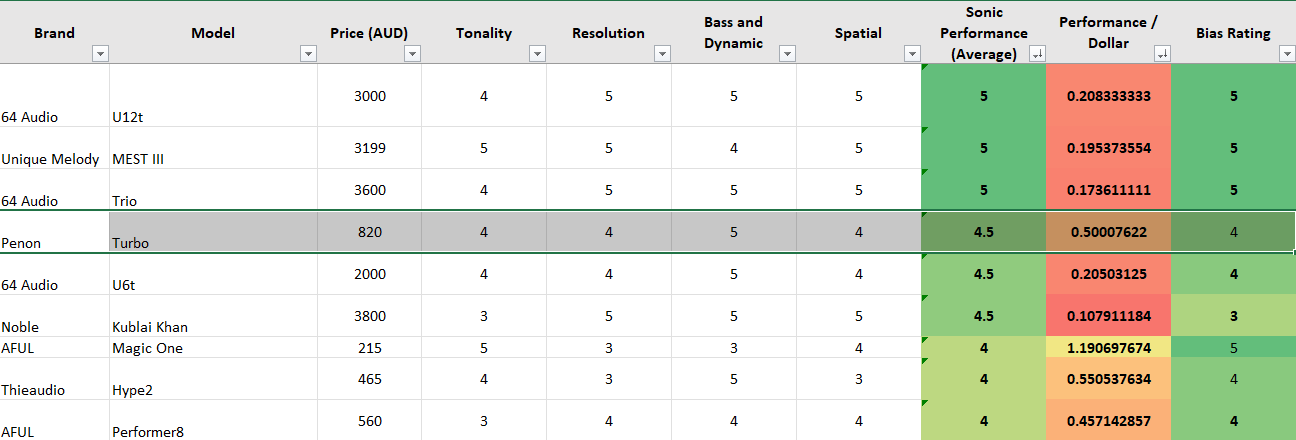
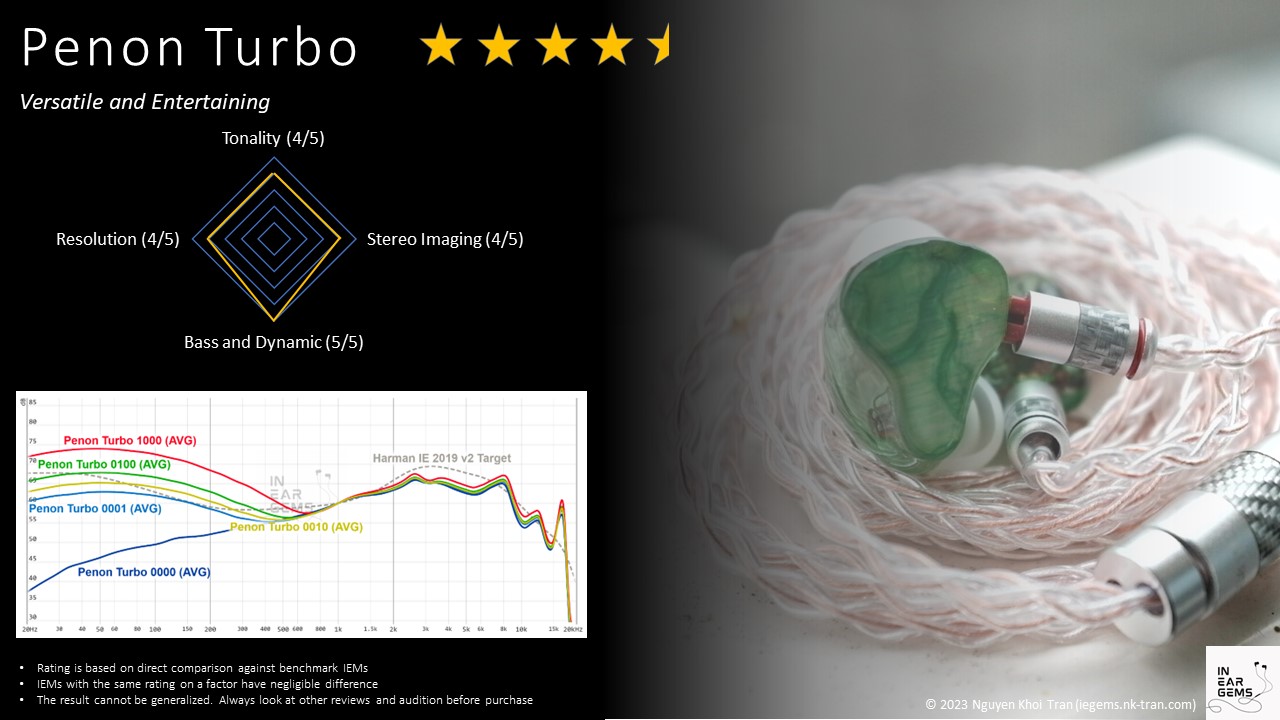





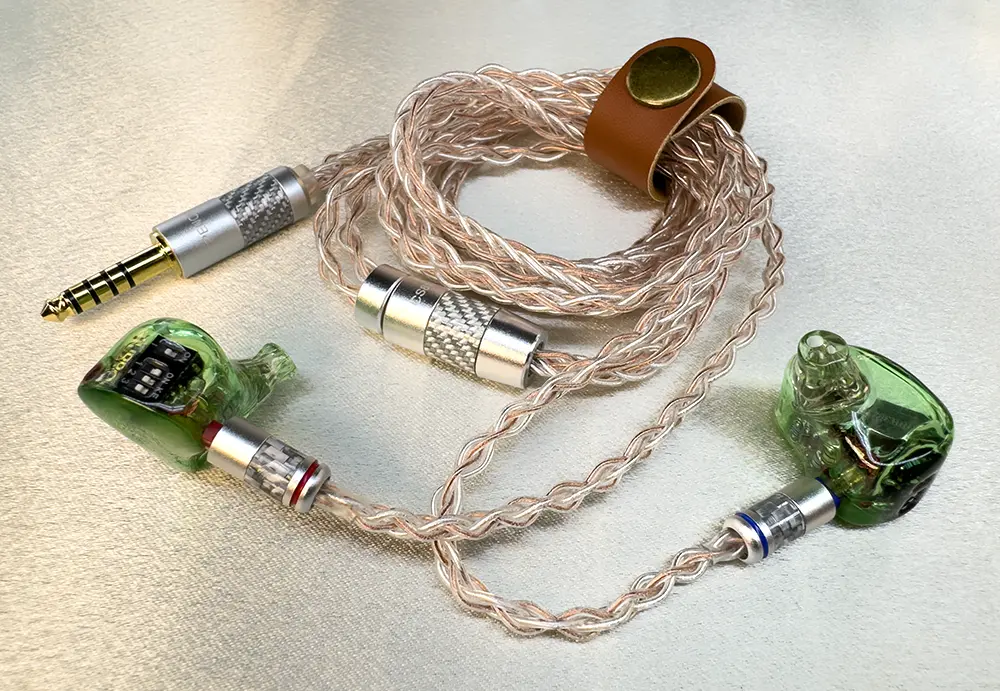






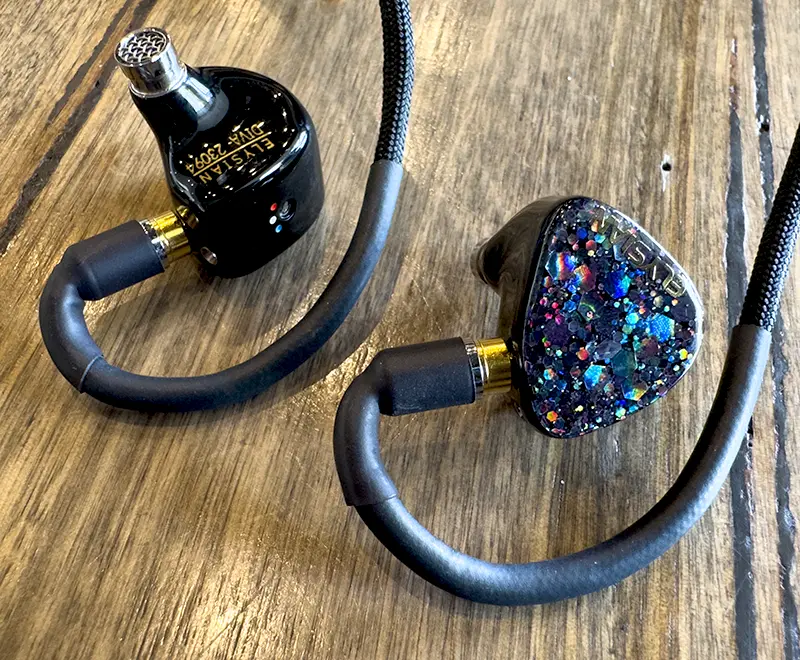

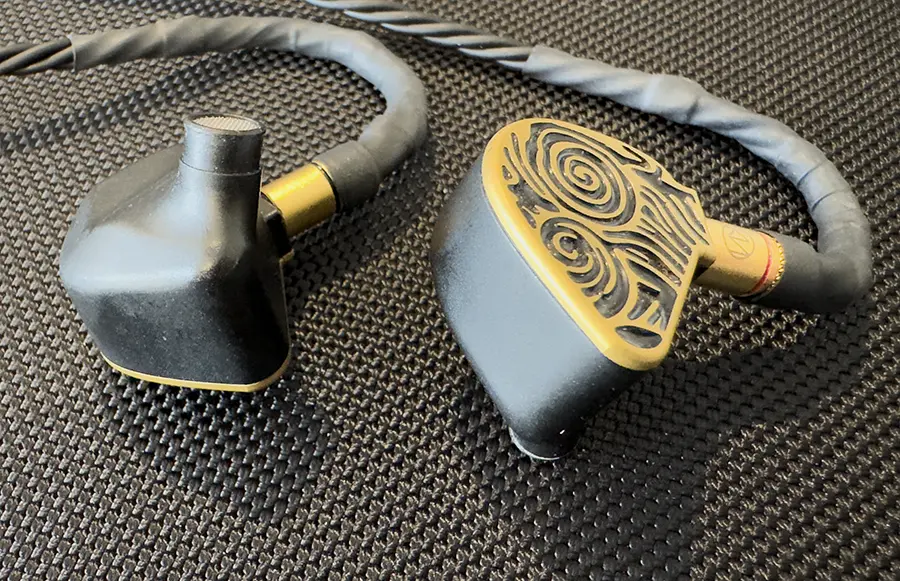



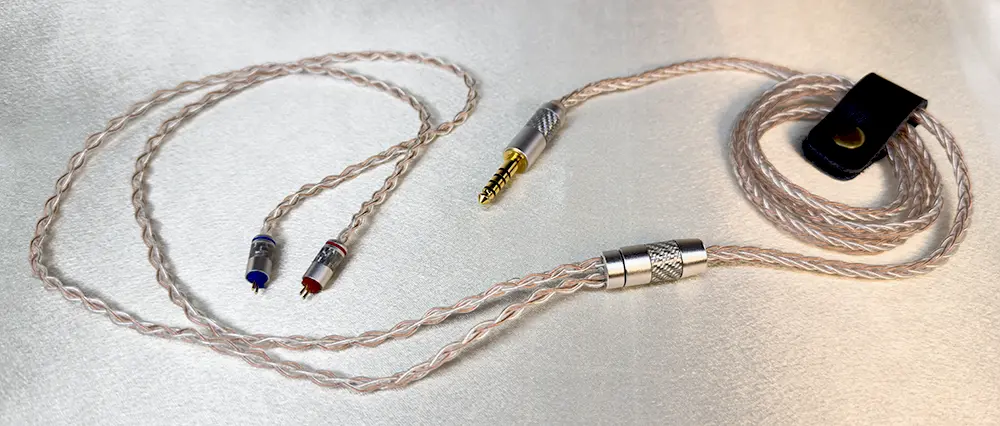


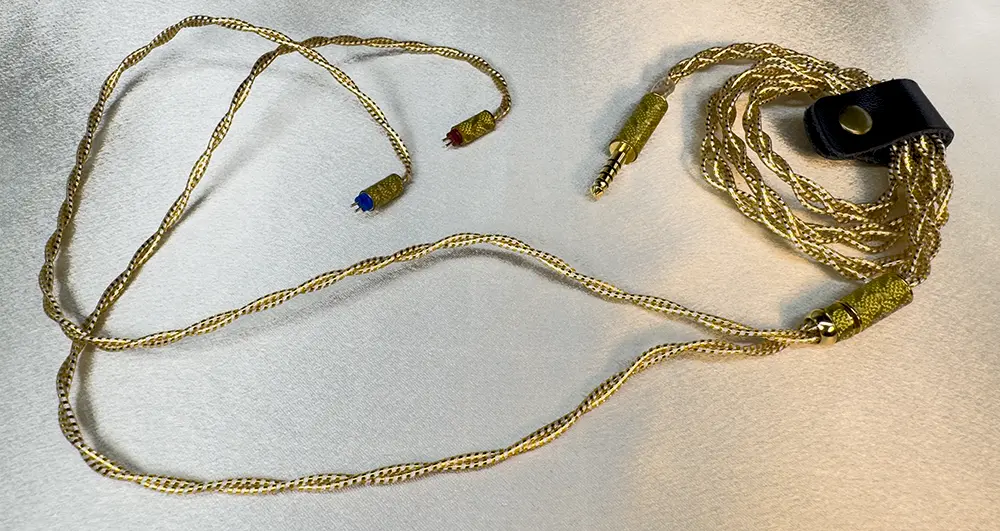



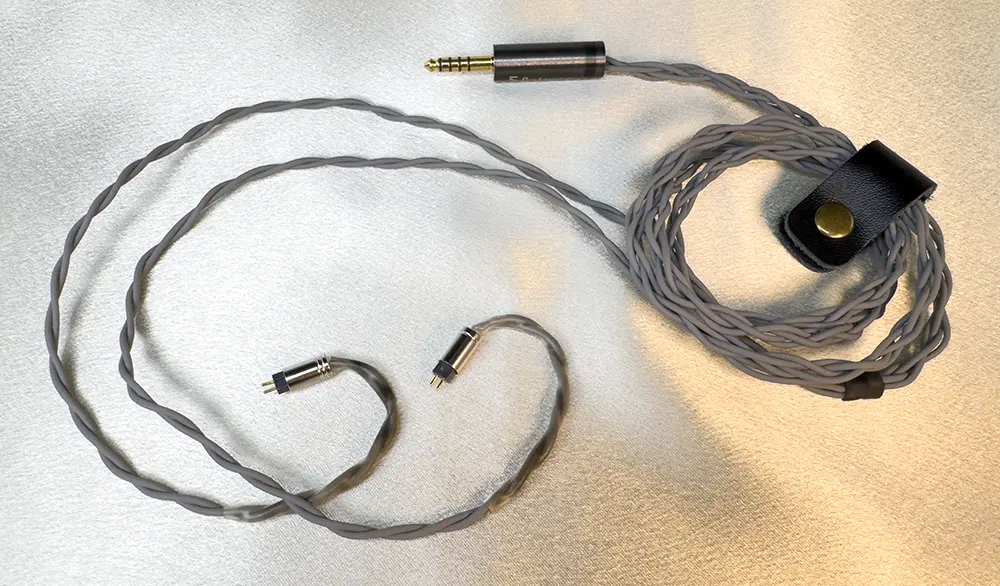




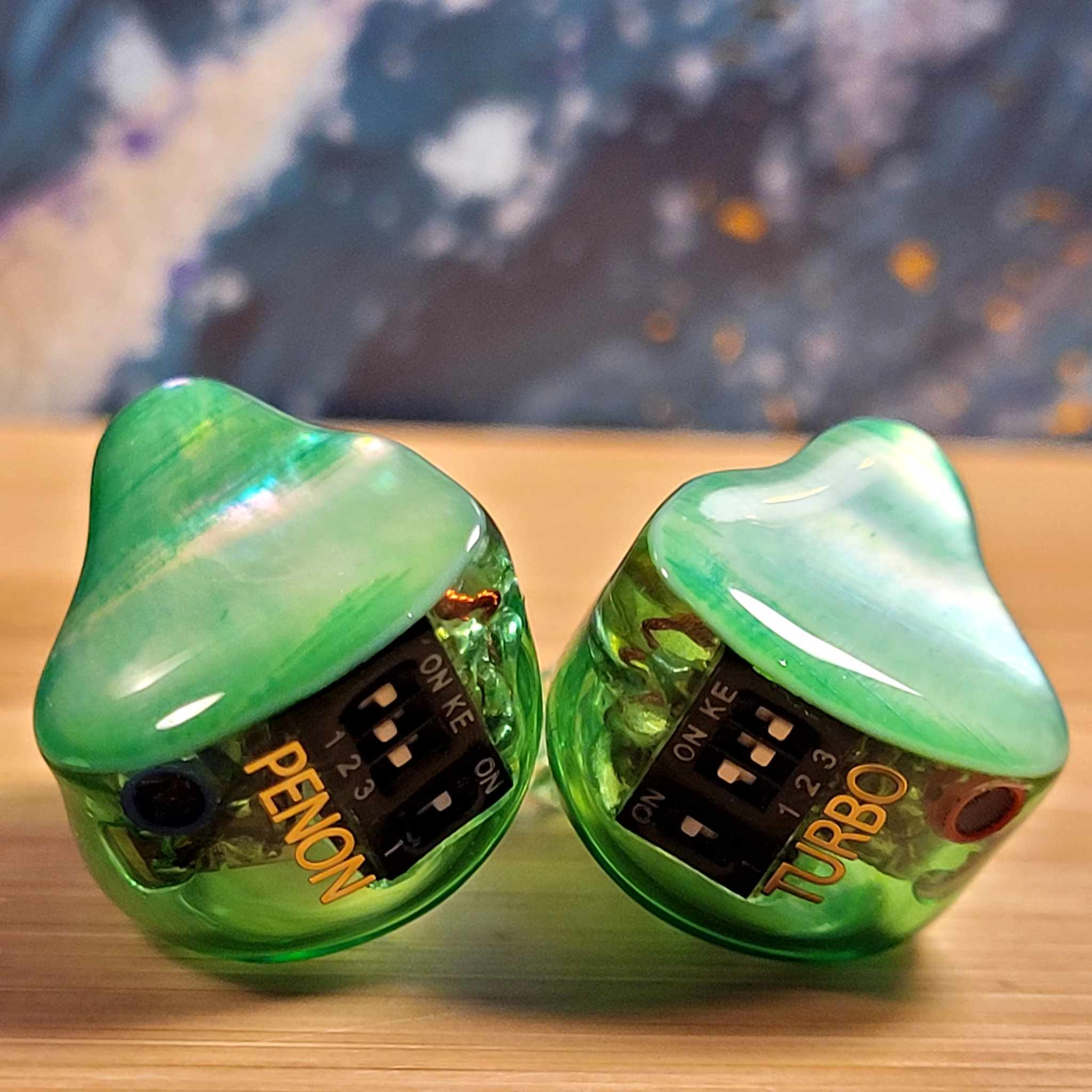















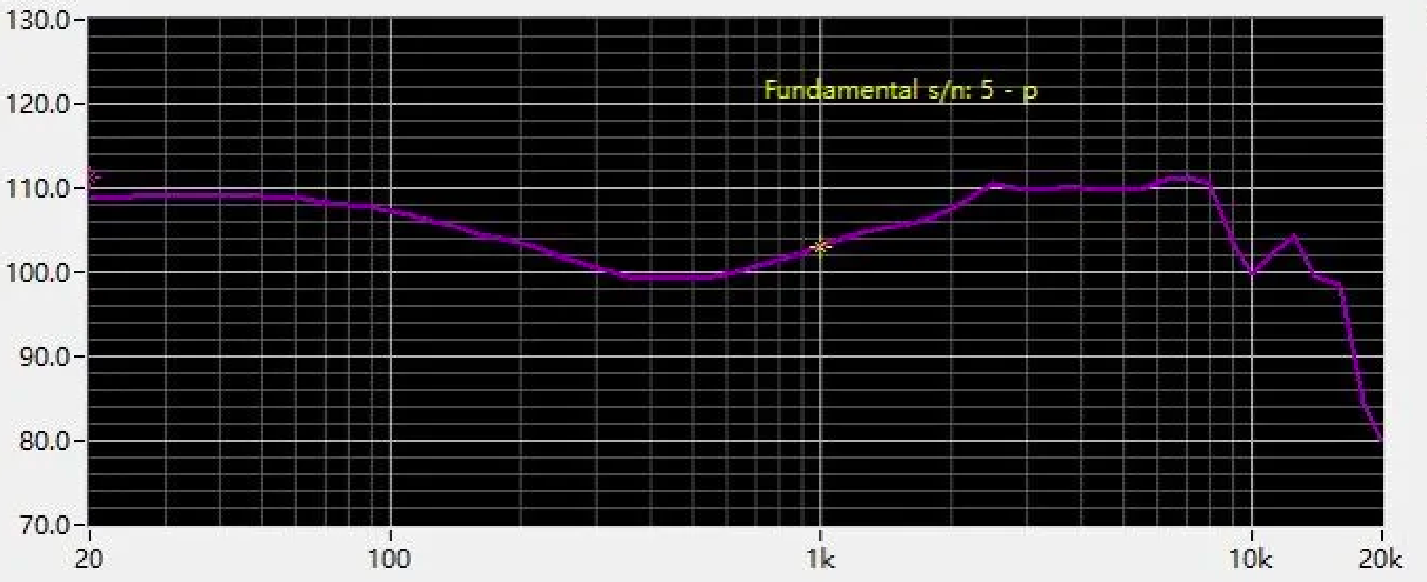









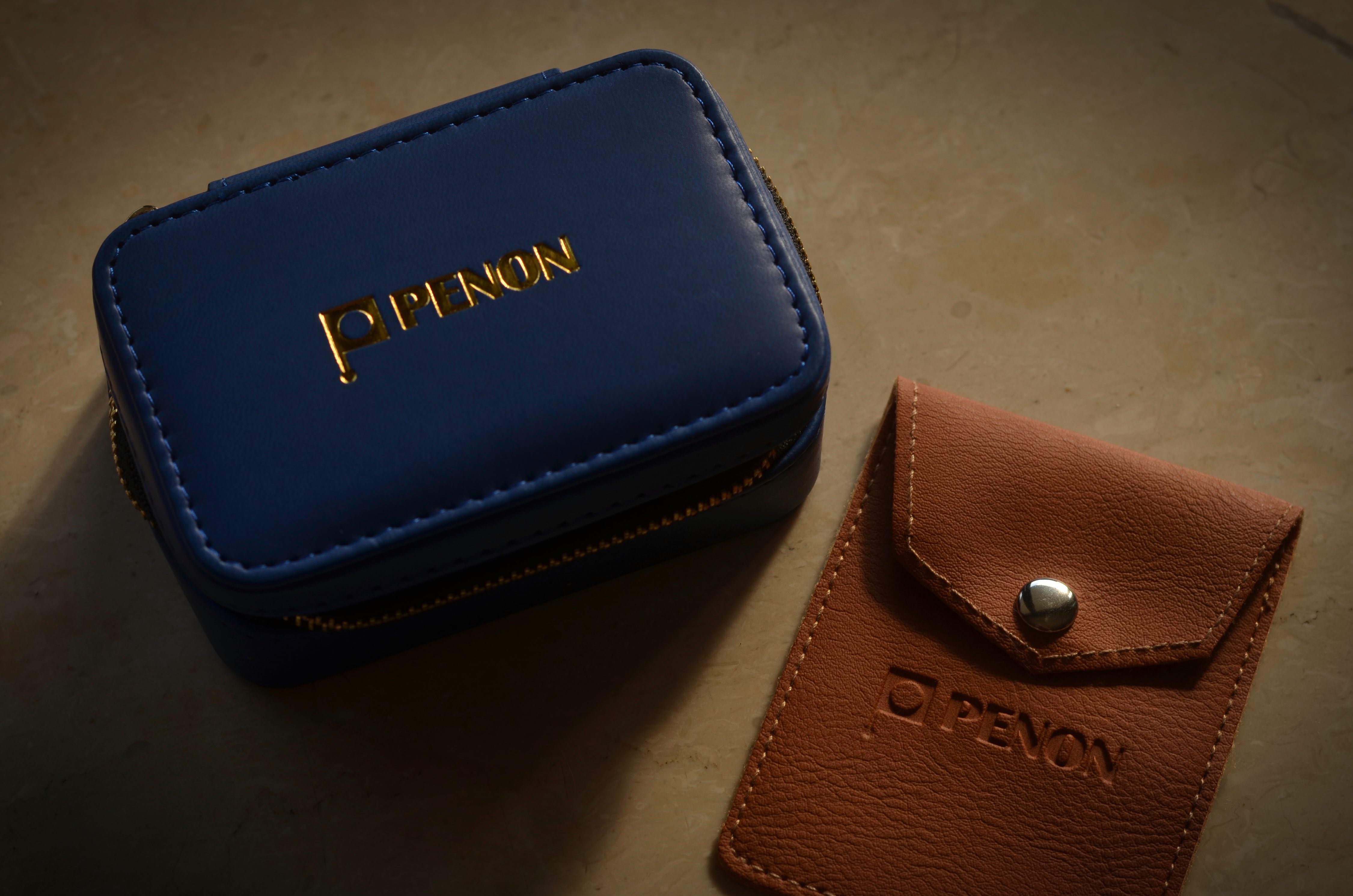



















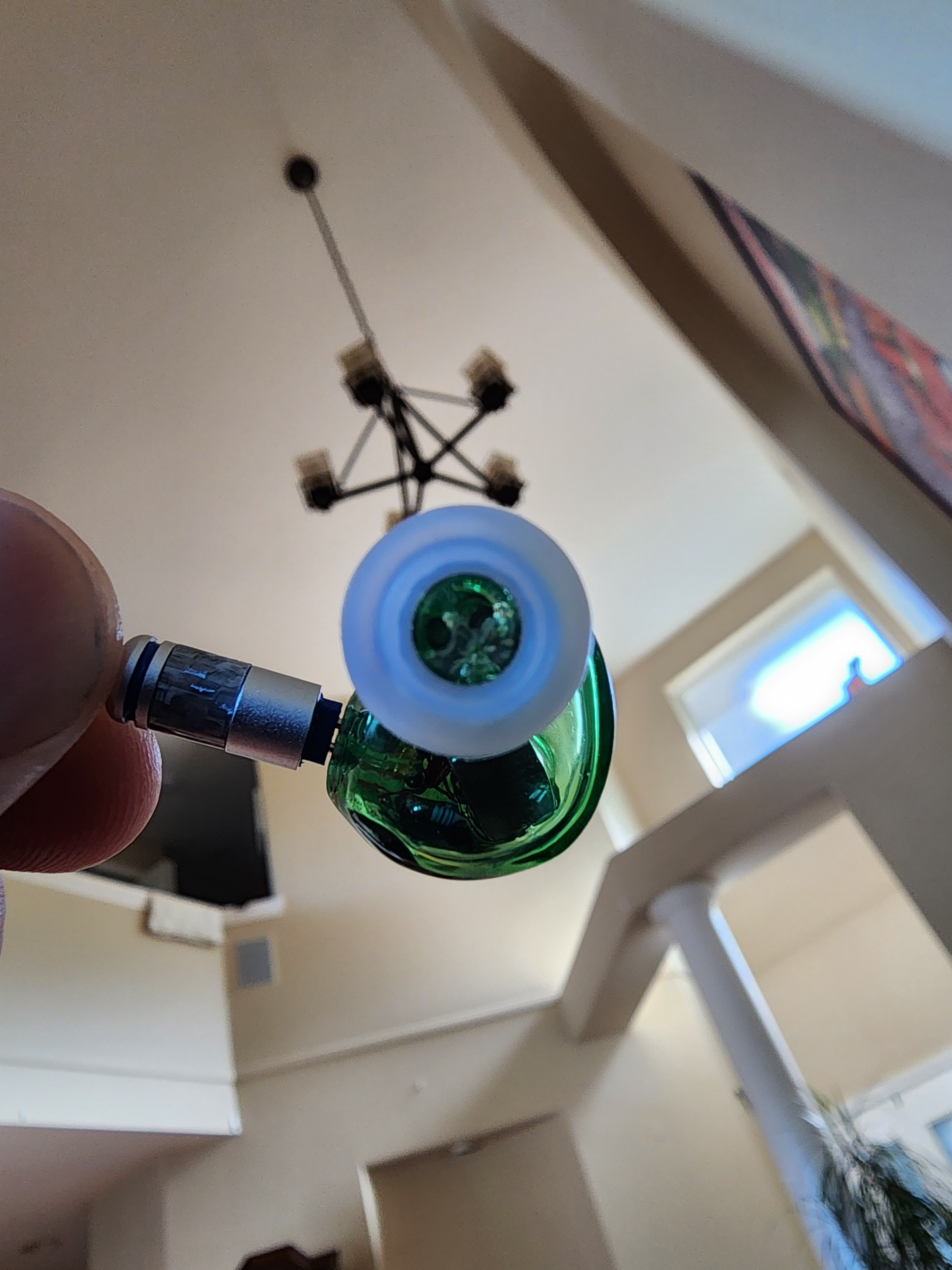








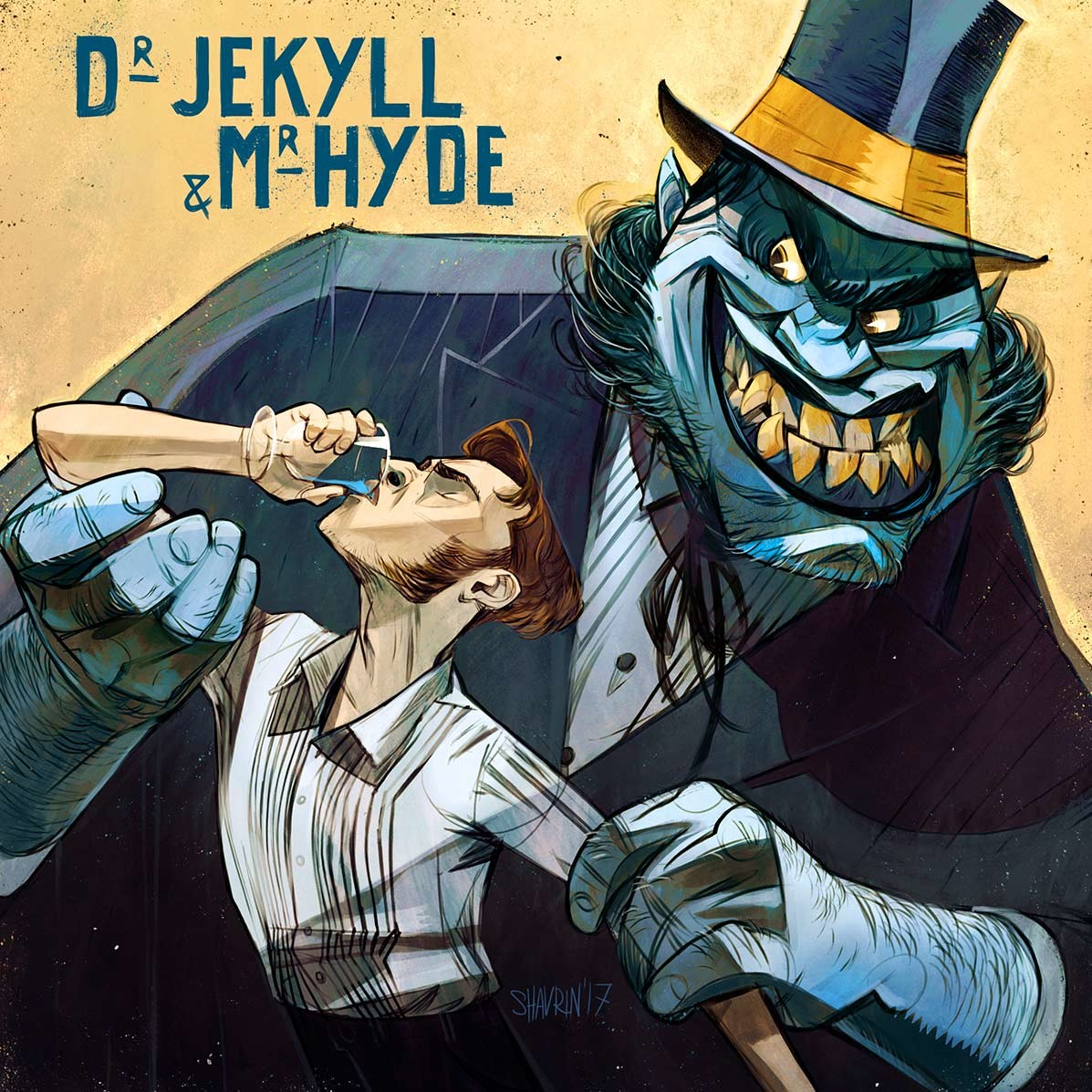


 Too many options with the Penon 's sound :0)
Too many options with the Penon 's sound :0)